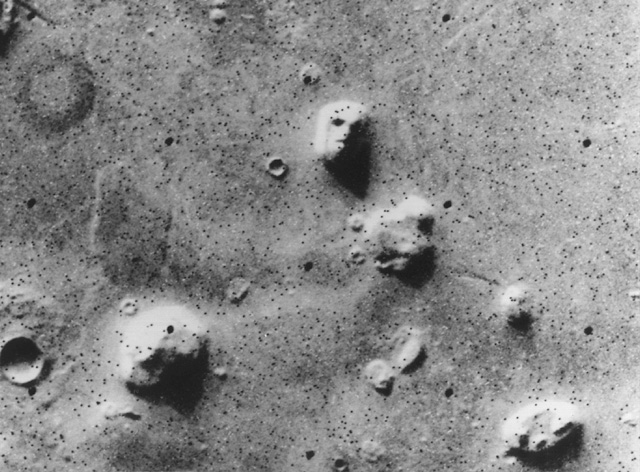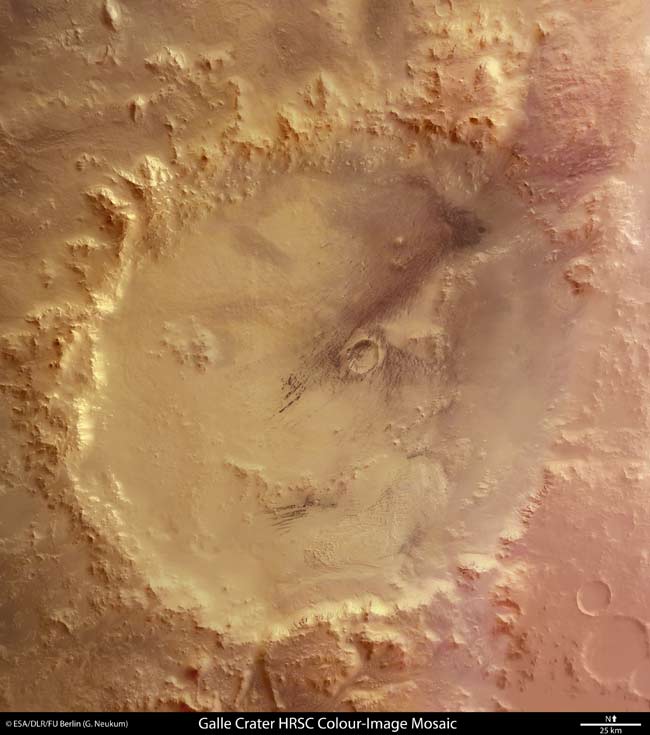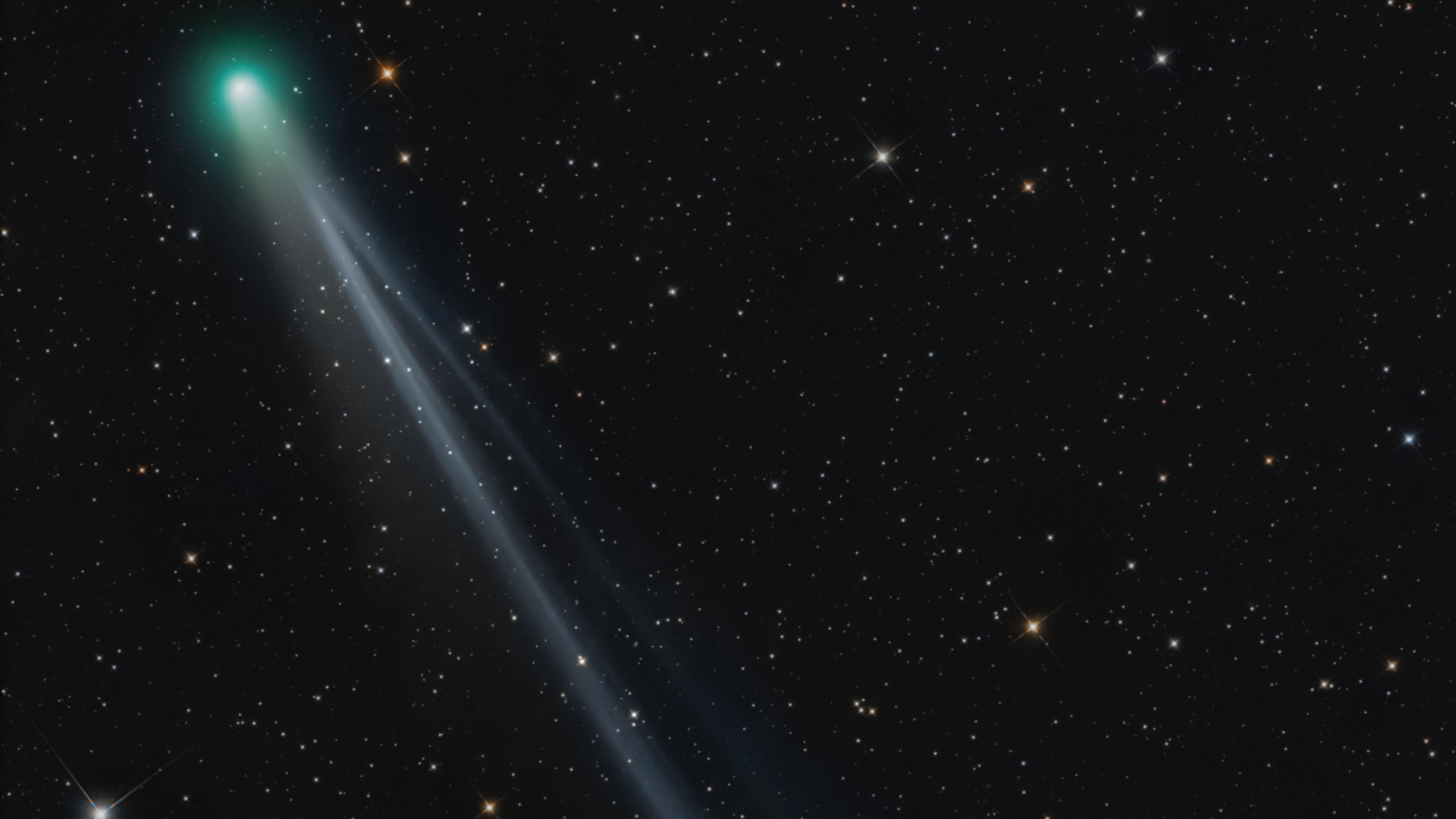The Face on Mars: Fact & Fiction
When the Viking 1 mission returned photos of the Martian surface in 1976, the image of a rocky face in the Cydonia region captured the public eye. Was it a trick of light and shadows? A remnant of an ancient civilization? Let's take a look at this intriguing landform.
Discovery and study
As the Viking 1 mission circled the red planet in search of a landing site for its sister ship, Viking 2, it snapped photos of Mars for engineers at NASA to study. On July 25, 1976, it captured the image of a pile of rocks that greatly resembled a human face. When NASA released the photograph almost a week later, they described it as a "huge rock formation in the center [of the photo], which resembled a human head."
Although NASA scientists quickly determined that the face was created by tricks of light and shadows, the imaginative public seized on the idea that it did not form naturally. Some people believe that the face is the remnant of an alien civilization, suggesting that other rocky outcroppings in the area may be a crumbling extraterrestrial city. Since 1976, the face has appeared in a number of popular culture references citing it as an indication of life on Mars at some stage of the planet's history. Books, movies and television have all taken part in speculation on the "true" origin of the Martian rubble. [Face on Mars: Why People See What's Not There]
In April 1998, NASA's Mars Global Surveyor took more detailed images of the face. Other high resolution images subsequently taken by the Mars Reconnaissance Orbiter and the European Space Agency's Mars Express revealed that original analysis of the images was correct; the suggestion of a face is an optical illusion revealed only as the light hits the surface and wells of the rocks at specific angles.
Making faces on Mars
The face on Mars lies in an area known as the Cydonia region, which falls between the planet's cratered southern highlands and the smoother northern plains. Some scientists think this area would have once lain near a giant Martian ocean, back when the planet had enough of an atmosphere to hold water on its surface.
Breaking space news, the latest updates on rocket launches, skywatching events and more!
The rocky outcropping that creates the illusion is approximately a mile across and bears a resemblance to buttes or mesas from the American West. It likely formed from a combination of landslides and collected debris. [VIDEO: Life on Mars – The Search Continues]
Other mesas are scattered across the Cydonia region, and the orbiters have measured them while circling over the area. The results revealed that there was nothing unique about the structural formation of the face itself; it resembles its neighboring landforms. Both the Global Space Surveyor and the Mars Express captured enough data to create a three-dimensional look at the fascinating formation.
Although one of the most popular landmarks on Mars, the face is by no means the only group of rocks to lie in a visually pleasing configuration. Viking captured several other intriguing images, including the Galle crater in the southern highlands, boasting a curved mountain range and two mountain clusters that create the appearance of a smiley face. A lava flow pattern on the large volcano Alba Patera looks a great deal like the popular Muppet Kermit the Frog. The Mars Express images captured a skull-shaped mesa. And other, vaguer faces dot the surface of the red planet. [Image Gallery: Mars Illusion Photos]
Such structures are not particularly indicative of alien life. Even on Earth, formations such as the "Old Man of the Mountain" in New Hampshire can create aesthetically pleasing imagery without extraterrestrial intervention.
— Nola Taylor Redd. SPACE.com Contributor
Join our Space Forums to keep talking space on the latest missions, night sky and more! And if you have a news tip, correction or comment, let us know at: community@space.com.

Nola Taylor Tillman is a contributing writer for Space.com. She loves all things space and astronomy-related, and always wants to learn more. She has a Bachelor's degree in English and Astrophysics from Agnes Scott College and served as an intern at Sky & Telescope magazine. She loves to speak to groups on astronomy-related subjects. She lives with her husband in Atlanta, Georgia. Follow her on Bluesky at @astrowriter.social.bluesky



